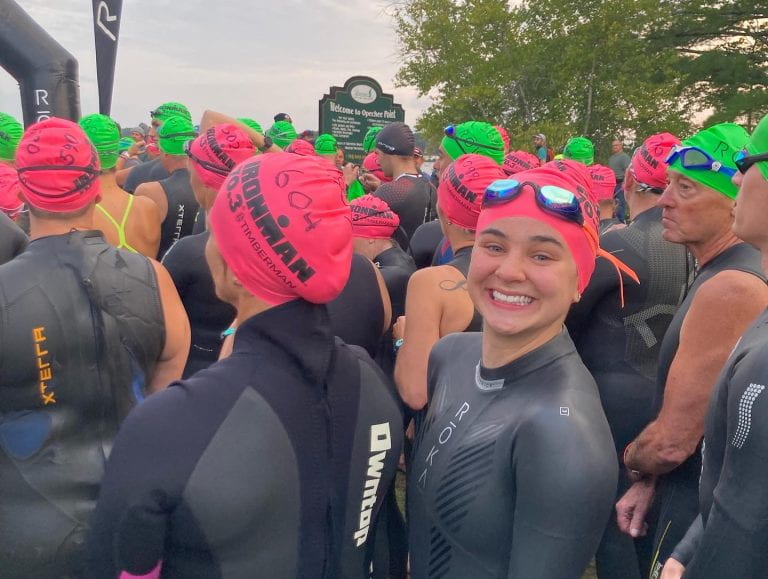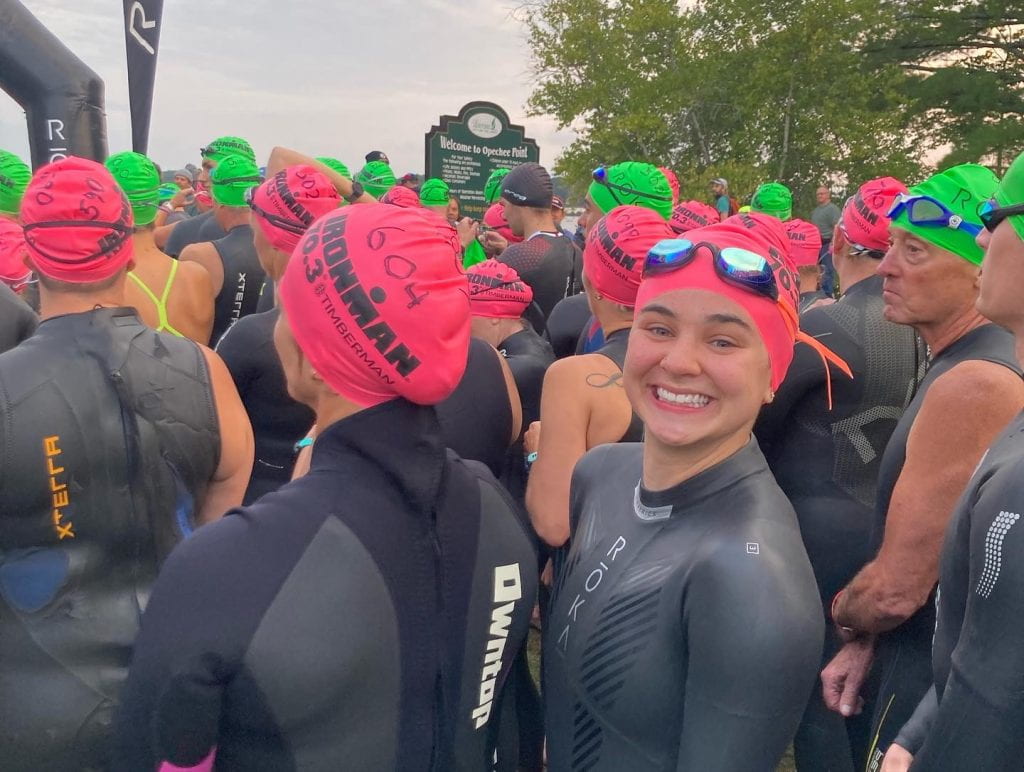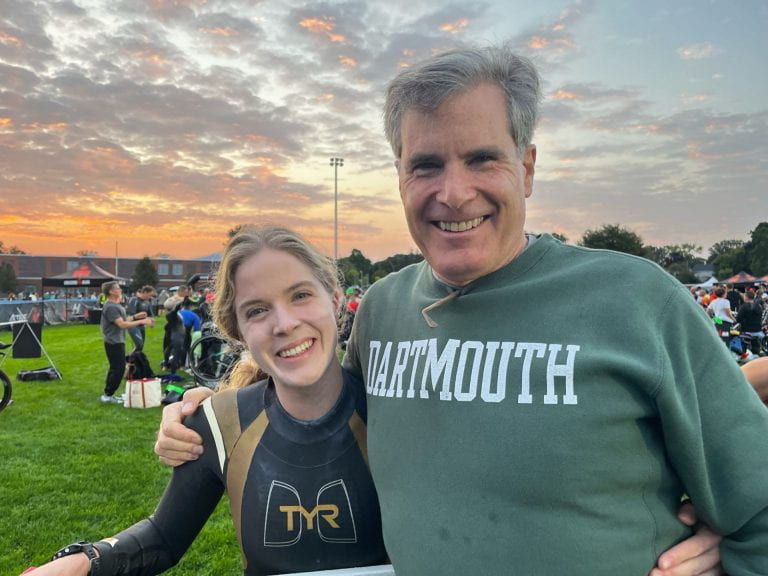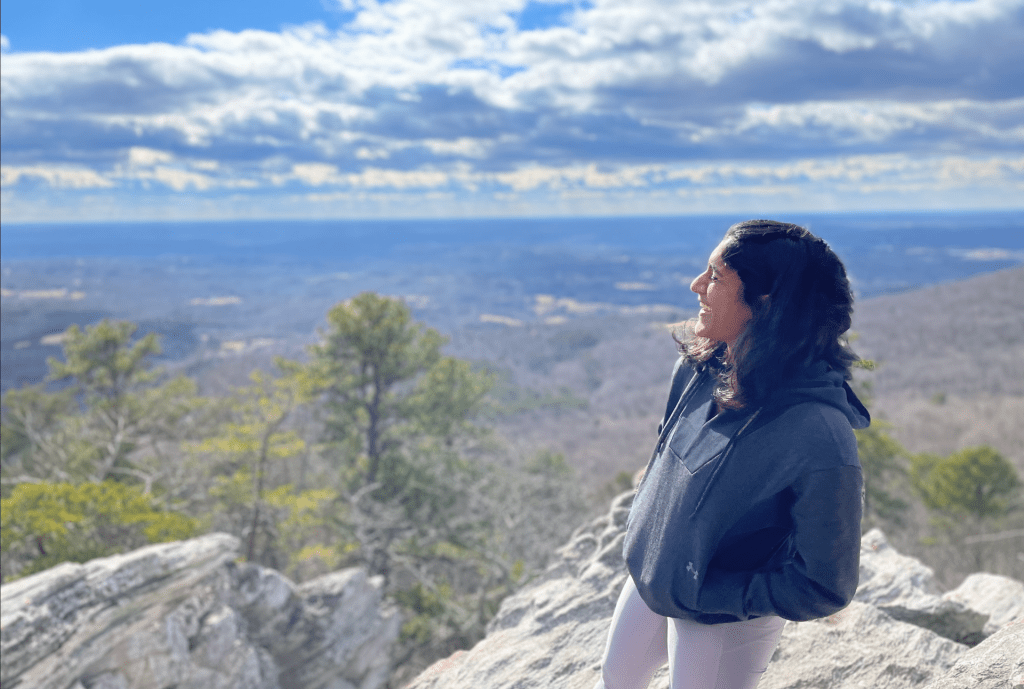Last Friday – Homecoming Weekend! – we all gathered for our annual new member welcoming event. After some good food and bonding activities, we briefly reflected on our team-related goals and our broader goals for our individual Dartmouth experiences. Each individual on this team has a unique approach to athletics, academics, and social/personal growth. See below for the intentions of our community:
Triathlon Goals
19s and BEs
- Swim 4x/week this winter
- Complete a half-ironman by 19F
- To feel athletic and accomplished
- I want to not bonk in a long race
- To maintain the welcoming and close-knit character of this community, even as we grow
20s
- Continue the legacy of positivity set by the ‘18’s
- Get more comfortable with cycling
- Maintain focus, energy, enthusiasm regardless of how my ability compares to the abilities of others
- To make Tri a closer community for the 22s!
- To qualify for and race at Nationals
21s
- Complete my first Olympic distance triathlon
- Complete my first half-ironman this spring!
- Get over my fear of swim practice
- Become friends with ‘22’s
- Go on the training trip in Florida
- Do more than 1 race in 2019
- Learn the names of the 22s, and complete an open water swim
- I want to feel strong and fit so that I don't feel like I am an imposter when I say I do Tri Team
- Get to know all the new members
- To get to know all of the 22s
22s
- Go to swim practice
- Make friends
- Complete a triathlon
- Show up to four practices a week, no matter what
- Meet one new person a week
- Get *FAST!* And eventually do an ironman
- Race a half ironman
- Increase my stamina for all SBR
- Learn and improve all three aspects of triathlon (especially swimming)
- To learn how to actually swim and to do my first triathlon!
- To help the team grow & myself grow as the year goes on. Also to finish my first outdoor triathlon in under an hour
- Do an awesome triathlon race in spring and be in awesome shape by then
- Finish an open water swim
- I want to complete my first triathlon and eventually work up to an ironman
- Go to swim practice
- I want to move up 2 swimming lanes by the end of the year
- To be able to say I finished a triathlon
- Complete a triathlon and be able to actually compete and push myself in all 3 events, beyond just finishing
- Complete my first triathlon
- Make a few team-friends
- Swim 500m straight
- To push myself out of my comfort zone to get to know people on the team
- To actually learn how to do all of the tri sports properly
- To increase my endurance and to become a better runner
- To form a personal relationship with every 22 on the team
- To be able to swim more than one lap in the pool without stopping
- To get a meal with all the 22s on the team
- To learn how to rlly ride a road bike
- I want to get really good at swimming by the winter and maybe bring the team to nationals?
- Stay with the pack on runs and bikes & complete my first triathlon!
- Train in a healthy and sustainable way
- Complete an Olympic race, bond with the team, and get a little better at swimming
Dartmouth Goals
19s and BEs
- Put a tri person up on the “Hall of Mains”
- Have a valuable education
- I want to finish out strong!
- To practice gratitude, to invest deeply in relationships, to avoid disengagement/burnout.
20s
- Retain the happiness I feel during my off term when I start taking classes again
- Graduate with a job
- To be accepted into medical school by graduation
21s
- Declare a major & get to know some ‘22s
- Learn at least one running route around Dartmouth that isn't laps around Occum
- Narrow down what I want to do with my life
22s
- Get a lot of sleep
- Graduate knowing the last 4 years were some of the best of my life
- I want to find a solid community here at Dartmouth
- Do one thing a month that scares me
- Don’t get hand foot & mouth
- Try lots of new activities and leave my comfort zone
- I really want to push myself to meet new people and try new things I’m scared to do
- I want to find a community doing something that makes me happy
- I want to be more active in the community
- Learn the salty dog rag
- I want to make at least 2 friends by the end of the year
- Always be curious and trying to learn new things
- To stay in shape
- To keep working to get to know people throughout the year as I meet new people through new classes, etc.
- To try a ton of new clubs and activities along with tri
SBR,
The Dartmouth Triathlon Team












